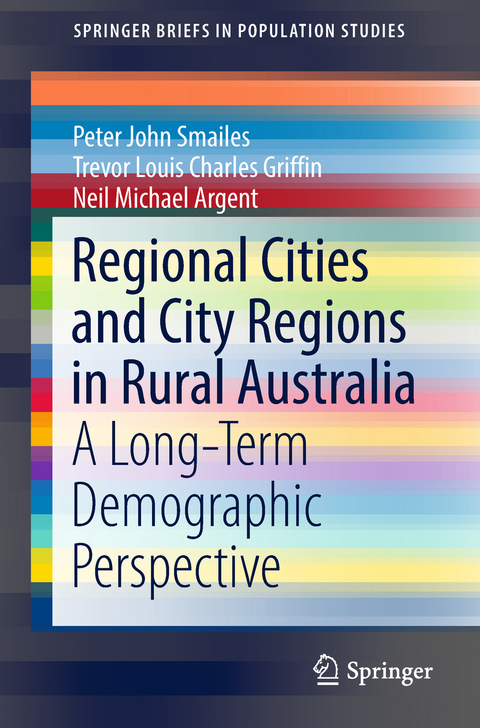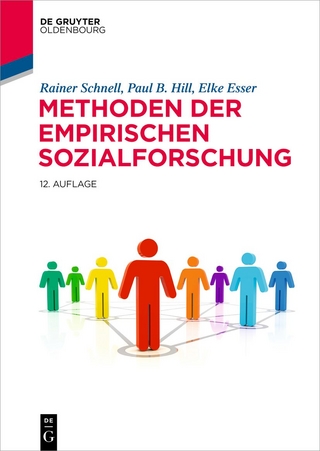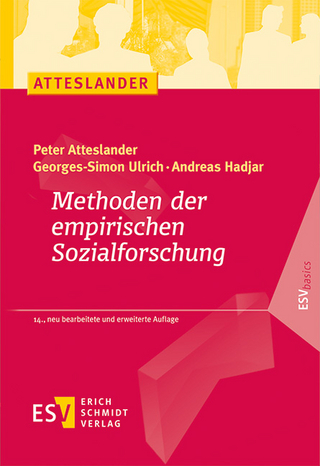
Regional Cities and City Regions in Rural Australia
Springer Verlag, Singapore
978-981-13-1110-9 (ISBN)
Dr. Peter Smailes is a Visiting Research Fellow, formerly Senior Lecturer in Geography, in the Hugo Centre for Migration and Population Research, School of Social Sciences, University of Adelaide. He has previously held academic positions at the University of New England, Flinders University, and the University of Oslo, Norway. He has held offices as President of the Royal Geographical Society of South Australia, head of the University of Adelaide’s Department of Geography, founding chair of the Rural Study Group of the Institute of Australian Geographers.He was a pioneer in the mapping of the invisible geography of personal identification with place and spatial patterns of place attachment at several levels of resolution. He has demonstrated the relative importance of rural population density, remoteness, settlement concentration/dispersal, town size, and environmental amenity as drivers of viability/vulnerability of Australian rural communities. In collaboration withthe co-authors of this proposed volume, he has focused on the spatially uneven impact of structural and numerical ageing in rural and regional Australia and its likely long-term consequences. Dr. Neil Argent is Professor in Human Geography in the Division of Geography and Planning at the University of New England. Neil’s research has broadly focussed on the geography of rural economic, demographic and social change in developed world nations. Via a series of Australian Research Council Discovery-Project grants he has helped demonstrate the impact of financial sector restructuring on rural town economies, the relative importance of population density in influencing the demographic and economic characteristics of rural communities, the role of amenity as a driver of inter-regional migration into rural areas, and the dimensions, causes and implications of youth migration for sending regions and localities. With the co-authors of the proposed volume, Neil has investigated the processes underlying demographic decline and numerical and structural ageing across the rural regions of south-eastern Australia. He is also currently exploring the extent to which mineral and energy royalty schemes facilitate economic and social development in Canada and Australia, and documenting the rise of the craft beer brewing sector in rural Australia, along with its contribution to local economic development. Mr. Trevor Griffin was a major contributor to the research presented in this volume. His untimely death has prevented him from participating in the final presentation of the work. He served as lecturer, subsequently Senior Lecturer in the Department of Geography, University of Adelaide. His expertise was in cartography and statistical analysis, and with Professor M.McCaskill of Flinders University he was co-editor of the iconic Jubilee 150 Atlas of South Australia.Trevor was responsible for the vast majority of the work of developing, updating and maintaining the detailed social catchment database spanning thirty years, on which much of the analysis in the proposed book is based.
Chapter 1. Introduction.- Chapter 2. The six centres and their regions.- Chapter 3. Overview of total population change, 1947-2011.- Chapter 4. Economic, environmental and demographic change, 1981-2011.- Chapter 5. Structural ageing and long-term survival 1: major drivers of ageing.- Chapter 6. Structural ageing and long-term survival 2: measures, processes, status .- Chapter 7. A downward demographic spiral: predictable and inexorable?.- Chapter 8. Stop press: some indications from the 2016 Census.- Chapter 9. A summary of findings and their wider applicability.- Chapter 10. Implications for regional research and development I: three key research fields.- Chapter 11. Implications for regional research and development II: Australian regional policy.- Chapter 12. Some final observations.
| Erscheinungsdatum | 04.08.2018 |
|---|---|
| Reihe/Serie | SpringerBriefs in Population Studies |
| Zusatzinfo | 29 Illustrations, black and white; XIV, 119 p. 29 illus. |
| Verlagsort | Singapore |
| Sprache | englisch |
| Maße | 155 x 235 mm |
| Themenwelt | Sozialwissenschaften ► Soziologie ► Empirische Sozialforschung |
| Sozialwissenschaften ► Soziologie ► Spezielle Soziologien | |
| Wirtschaft ► Volkswirtschaftslehre ► Wirtschaftspolitik | |
| ISBN-10 | 981-13-1110-2 / 9811311102 |
| ISBN-13 | 978-981-13-1110-9 / 9789811311109 |
| Zustand | Neuware |
| Informationen gemäß Produktsicherheitsverordnung (GPSR) | |
| Haben Sie eine Frage zum Produkt? |
aus dem Bereich


